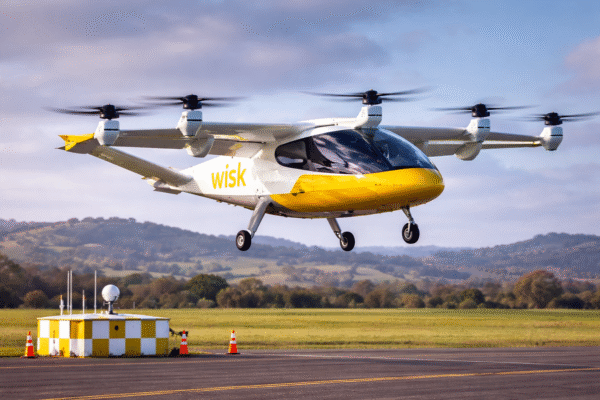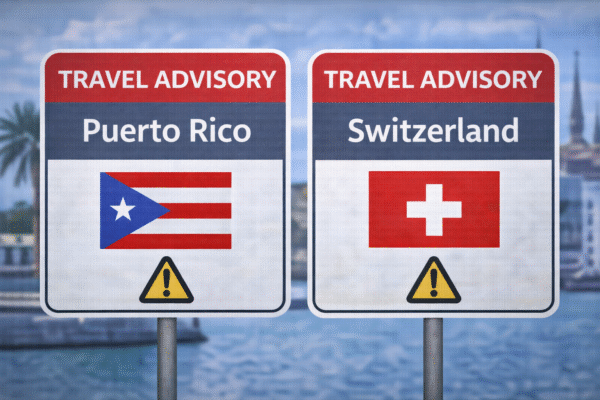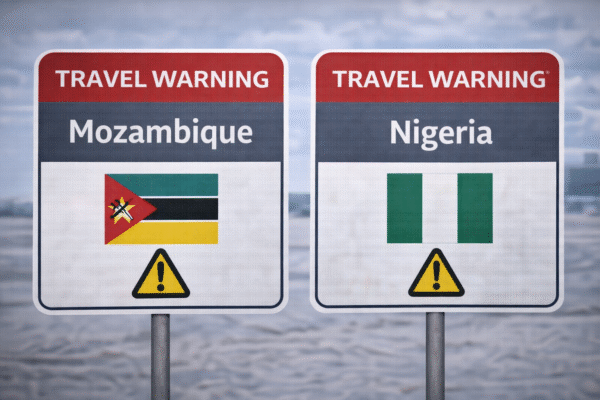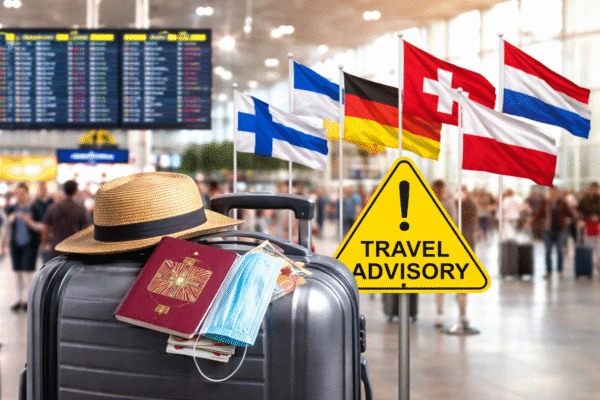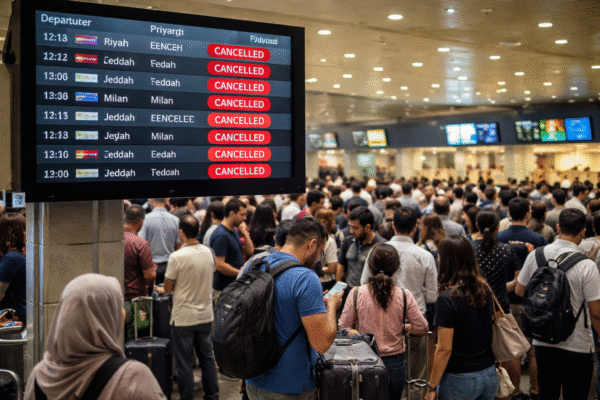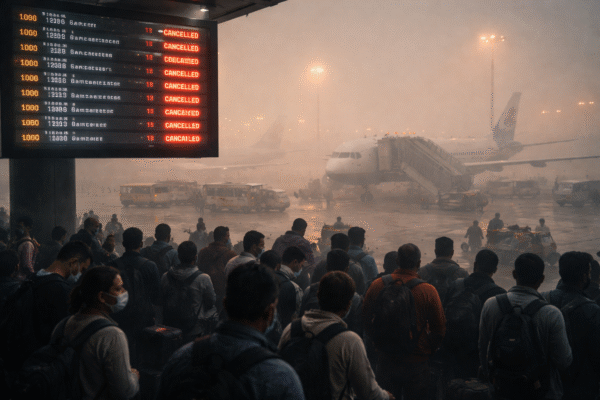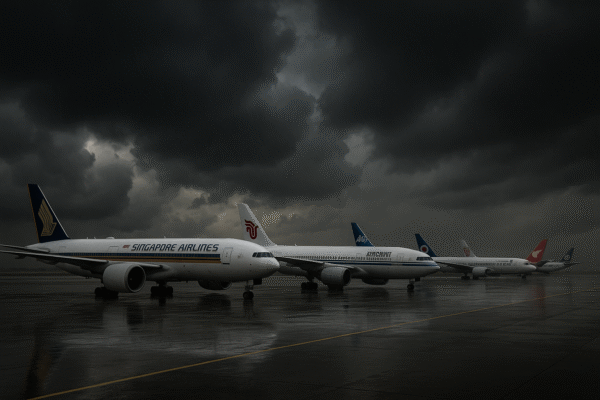Violent monsoon downpours and tropical cyclones have swept across Asia this July, unleashing more than 5,000 flight delays and cancellations across the region. Major carriers including Singapore Airlines, Air China, All Nippon Airways (ANA), Japan Airlines (JAL), Korean Air, Qantas, and Air New Zealand have suspended services or imposed extensive schedule adjustments. From Beijing and Tokyo to Delhi and Seoul, airport operations have faced severe slowdowns as runways flooded, navigation systems faltered, and crews struggled to maintain timetable integrity.
Meteorological agencies attribute the disruptions to overlapping weather systems. Typhoon Danas formed in early July, tracking northward through Taiwan before making dual landfalls along China’s Zhejiang province. Simultaneously, Severe Tropical Storm Nari skirted southern Japan, dropping record-breaking rainfall in the Mount Fuji corridor. India’s southwest monsoon has also been unusually vigorous, with successive low-pressure troughs triggering flash floods in northern states. South Korea’s weather service reported widespread thunderstorms and gusts exceeding 90 km/h along coastal regions, aggravating airport congestion.
In China, Shanghai Pudong International Airport bore the initial brunt, logging over 400 delayed departures and four cancellations as heavy rain flooded taxiways. Beijing Capital International Airport recorded 253 delays and eight cancellations due to thick fog and waterlogged aprons, with state carrier Air China accounting for more than 150 of those delays. Guangzhou Baiyun International and Chengdu Shuangliu also reported upwards of 200 disruptions each, straining recovery efforts amid peak holiday traffic.
Japan’s two largest hubs, Tokyo Haneda and Narita, experienced severe pressure under stormy skies. Haneda registered 488 delays and two cancellations, mostly affecting high-frequency domestic routes operated by ANA and JAL, while Narita saw nearly 350 delayed flights and six abortive departures. Regional airports such as Kansai International and Chubu Centrair recorded intermittent runway closures for drainage operations, leaving inbound international carriers in holding patterns.
India’s aviation market also felt the squeeze from monsoon aggression. Delhi’s Indira Gandhi International Airport tallied 218 delays and three cancellations amid low visibility and heavy cloud cover, impacting Air India, IndiGo, and SpiceJet services. Mumbai’s Chhatrapati Shivaji International saw 98 delays and two cancellations, while Chennai and Bengaluru reported double-digit disruptions. Operational slowdowns stemmed from both weather and high traffic intensity, as airlines struggled to reposition aircraft and crews under tight slot constraints.
South Korea’s Incheon International Airport emerged as the day’s most delayed hub, with 556 departure delays across carriers and no outright cancellations. Korean Air led the tally with over 120 late flights, followed by Asiana and Jeju Air. Ground teams faced logistical challenges handling short-haul regional services amid saturated schedules, while Jeju-bound flights bore the brunt of sudden downpours on the island’s mountainous terrain.
Southeast Asian gateways were not spared. Singapore Changi experienced 196 delays and two cancellations due to low cloud ceilings and gate management clashes. Jetstar Asia, Scoot, and Indonesia AirAsia reported frequent ground holds, while Singapore Airlines delayed 33 services on regional sectors. Bangkok’s Suvarnabhumi Airport recorded 178 delays and nine cancellations, largely on Thai Airways and VietJet routes. Kuala Lumpur International tallied 364 delays without cancellations, primarily affecting AirAsia and Malindo Air as tropical squalls hampered turnarounds.
Antipodean airlines operating Asia-Pacific services also adjusted capacity. Qantas delayed or rescheduled multiple Sydney–Singapore and Melbourne–Tokyo flights, while Air New Zealand held back departures from Auckland bound for Shanghai and Tokyo. Both carriers cited safety protocols requiring diversion or cancellation when severe turbulence and windshear risks exceed operational limits. The disruptions underline aviation’s vulnerability to intensifying weather extremes along popular long-haul corridors.
Airlines have deployed a suite of contingency measures to mitigate passenger disruption. Desk-based coordination teams are standing up temporary rebooking centers, while automated notifications via mobile apps and SMS are being pushed more aggressively. Several carriers have extended flexible rebooking waivers and offered travel vouchers to cushion passengers against unexpected schedule changes. Ground staff are deploying additional buses, chairs, and refreshments for stranded customers, and many airports have mobilized emergency maintenance crews to clear drainage and inspect runway lights.
Travel experts advise passengers to adopt flexible travel plans during the monsoon season. Confirm departure times at least 24 hours before scheduled flights, sign up for real-time alerts from airlines and airports, and factor extra layover time when booking connecting journeys. Purchasing comprehensive travel insurance that covers weather-related delays can also mitigate financial losses. Frequent flyer members should review their program benefits for lounge access and priority rebooking privileges, which can ease the inconvenience of unexpected disruptions.
Looking ahead, the climbing frequency and intensity of monsoon storms and tropical cyclones pose a strategic challenge to Asia’s aviation infrastructure. Airport operators are investing in advanced drainage systems, storm-resistant signage, and enhanced radar coverage to reduce recovery times. Airlines are revising network schedules to incorporate buffer times during known high-risk weather windows and integrating machine-learning tools to predict disruptions. Collaboration between meteorological agencies, air traffic control, and ground handlers is being strengthened to streamline decision-making under dynamic conditions.
As Asia gears up for peak travel season, resilience will hinge on proactive planning and communication. While real-time weather tracking and agile operations have become standard, the scale of recent disruptions underscores the need for continued investment in climate adaptation measures. For travelers, staying informed and embracing flexibility remain the best defenses against nature’s unpredictability in one of the world’s busiest aviation markets.
Stay alert, stay updated- Read more news from Global Travel Wire.



